Polytheism in Hinduism: When Humans were getting into civilized life, it was realized that there were beginnings and ends. Sustaining gave way for mere survival. At that dawn of knowledge, the acknowledgement for SUPREME PRESENCE stemmed.
Hinduism, a premier religion since the dawn of civilization, advocated the concept of GOD to make humans understand that:
- there is a supreme power called Paramathma
- human soul is called Jeevathma
- the life of Jeevathma should be aimed to reach Paramathma
The three main seers who propelled Bhakthi movement had formulated the following concepts with respect to the attainment of Jeevathma to Paramathma as follows:
Sri Adhi Sankaracharya
Advaitham
Advaitham describes that both Jevaathma and Paramathma are one and the same. Humans should realize that God exists within them.
Sri Madhvacharya
Dvaitham
Jeevathma and Paramathma are different. It is the duty of Jeevathma to do good deeds and prayers to reach Paramathma.
Sri Ramanuja
Vishitadvaitham
Though Jeevathma and Paramathma are different, there are ways to make Jeevatma one with Paramathma.
In Hinduism, GOD is manifest in every aspect of human life right from birth to the end. Birth is associated with being born a Jeevathma and the end is attaining Paramathma.
All the events which happen in between are summarily called LIFE which should follow the path of Dharma coupled with Divinity. Life without realization of God is merely a survival.
In effect, Dhrama is the prescribed formula for leading the life; however, to put human mind in the right perspective, the system of reaching out to God is inculcated so that humility and humanity stay imbibed in humans.
The word ‘GOD’ can be taken as an acronym for ‘Generation, Occupation and Destruction’. The concept of Generation / Creation is attributed to Brahma, who has four faces representing four Vedhams.
The concept of Protection is attributed to Vishnu. As the process of providing protection throughout life is a long process, it is an occupation.
The last function of Destruction is attributed to Shiva. Destruction does not merely mean end of life, but attaining Moksha.
Even before civilization, birth, life and death were happening to all living things including humans on earth. When civilized humans emerged, Hinduism taught about existence of 3 Gods for basic functions and also identified divinity in matters which are vital for civilized life as follows:
| # | Name of the God (Sri) | Attribution |
|---|---|---|
| 1 | Brahma | Creation of life |
| 2 | Saraswathi – Brahma’s wife | Education, Intelligence, Wisdom, Writing, Speaking, Learning arts, Learning work, Learning trade, Singing, Dancing, Playing music instruments |
Effect/Implication: Only if combined with at-least some attributes of Saraswathi, a human is civilized. Otherwise, there is no meaning in being born.
| # | Name of the God (Sri) | Attribution |
|---|---|---|
| 3 | Vishnu | Protection & Health |
| 4 | Mahalakshmi – Vishnu’s wife | Wealth, Prosperity, and Assets |
Effect/Implication: Leading material life is one of the keys to adopt Dharma in life.
| # | Name of the God (Sri) | Attribution |
|---|---|---|
| 5 | Shiva | Destruction & Attaining Moksha |
| 6 | Parvathi – Shiva’s wife | Valor, Bravery, Fearless, Righteousness, and Virtuosity |
| 7 | Vinayaka – Shiva Parvathi’s first son | Removal of obstacles |
| 8 | Subramanya – Shiva Parvathi’s second son | Fighting and winning over bad influences |
Effect/Implication: For destruction of evil and for attainment of liberation and moksha one needs these.
At early stages, Hinduism was in six parts namely:
- Ganapathyam (worshipping Ganapathi)
- Koumaram (worshipping Subramanya)
- Saktham (worshipping Shakthi)
- Saivam (Worshipping Shiva)
- Vaishnavam (Worshipping Vishnu)
- Sowram (worshipping Sun).
Sri Sankaracharya is one of the pioneers who brought these together to guide people on spirituality. All six later came down to only two: Saivam and Vaishnavam.
Earth is said to be created as an explosion from the Sun zillion years back. When it was separated, it was just a mass with no life. When mass got split into water and mountains there came air circulation.
The mass of earth with water and mountain was Maya which means subject to being invisible. Vishnu lives in water as Mayan and His Sister Parvathi lives on land mass (mountains) as Maayi. The air power which caused sprouting of life on earth is Shiva (Jiva).
Shiva gives life to beings. He is the breath. He is invincible. The invincible gives life to invisible. Shiva is the soul.
Vishnu is the body. That is why, as a body, He made himself into several bodies, viz, Avatars. Shiva, as a soul remains one and the same. At the end of life, Shiva attains liberty, He comes out triumphant.
Liberation of soul ends the life of the body. Hence Shiva is considered Destroyer. He is the Destroyer of only physical non material things. Vishnu and Siva represent feminine and masculine aspects of lives.
Then evolution began. Small lives were born which later became larger beings. Human being is the latest discovered end of evolution. Hinduism fosters religion / faith for evolution of humans into divine persons.
The Dasa Avatharams of Vishnu (ten incarnations) can be seen as the history of evolution on earth.
Hinduism preaches and attributes divinity on everything in, on and around the earth as given below. All these elements are essential for life. These are considered as Deities to be worshiped and respected.
| Element | Name of the Deity (Sri) |
|---|---|
| Earth | Bhoomadevi |
5 Elements of Nature
| Element | Name of the Deity (Sri) |
|---|---|
| Land | Prithvi |
| Sky | Gagan |
| Air | Vayu |
| Water | Varuna |
| Fire | Agni |
8 Zones of earth – Ashta dhik Palaka
| Element | Name of the Deity (Sri) |
|---|---|
| East | Indira |
| South East | Agni |
| South | Yama |
| South West | Niruti |
| West | Varuna |
| North West | Vayu |
| North | Kubera |
| North East | Eesana |
9 Planets around earth*
| Element | Name of the Deity (Sri) |
|---|---|
| Sun | Surya |
| Moon | Indra / Soma |
| Mars | Mangala |
| Mercury | Budha |
| Jupiter | Guru |
| Venus | Shukra |
| Saturn | Shani |
| Ascending (north) node | Rahu |
| Descending (south) node | Kethu |
* – of these, Rahu and Kethu are considered comets but given equal prominence with the seven planets.
In effect, the presence of multiple Gods (Polytheism) is nothing but an easy way for the followers to show consideration and respect to all aspects of life whether they cater to the inner self or to the society.


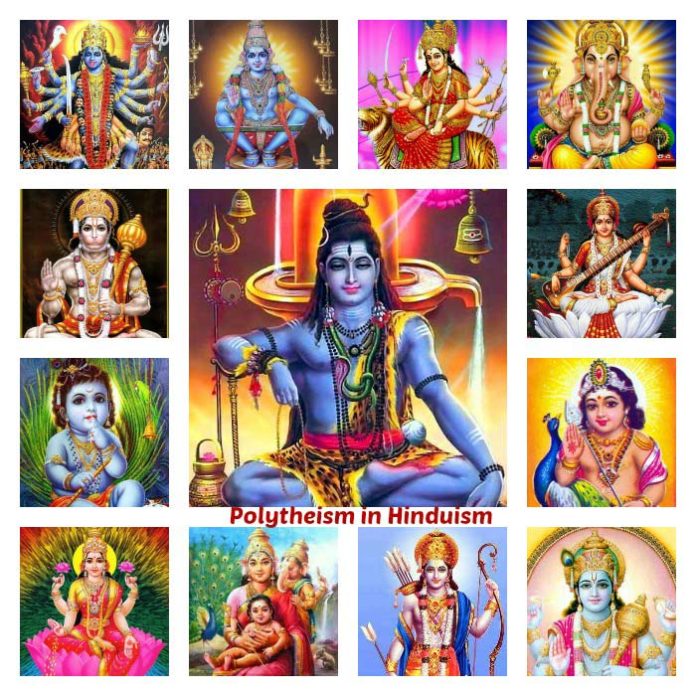
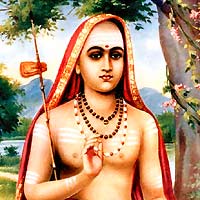
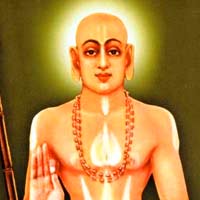
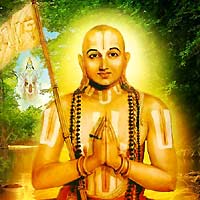
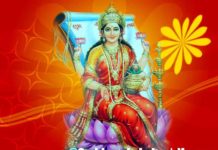
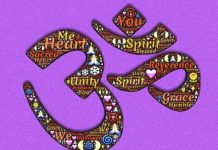
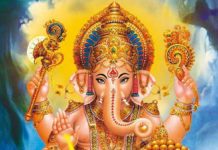
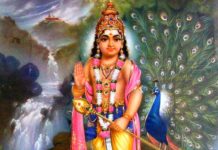
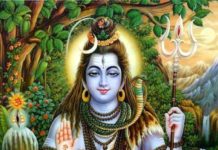
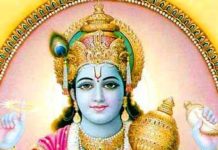
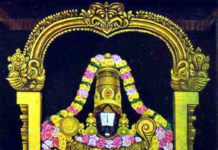
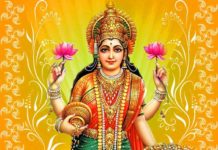
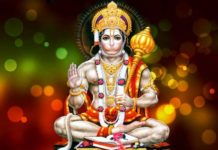
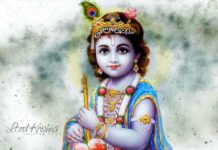
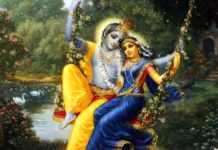
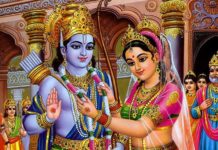
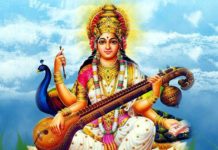
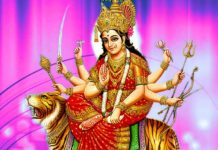
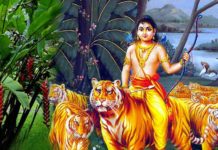
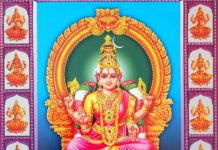
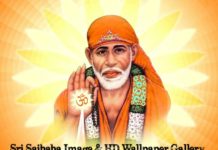
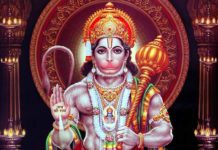
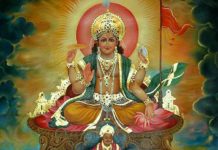
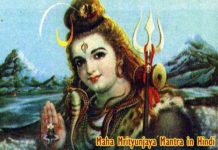
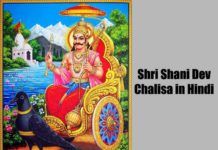
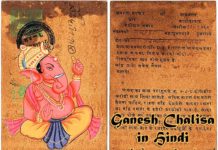

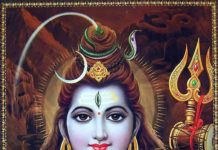
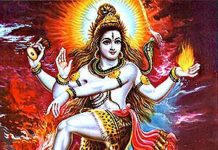
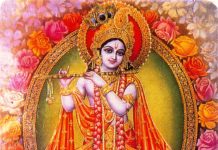
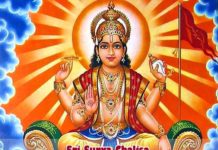
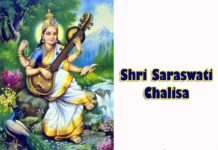
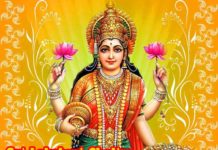
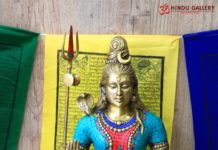


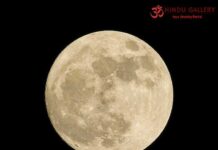
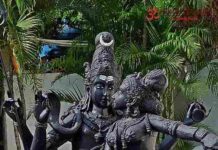
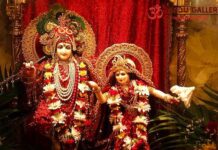
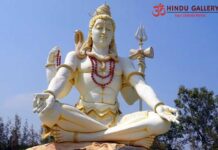
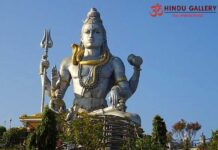
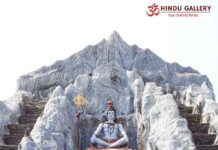
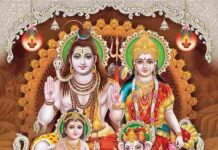
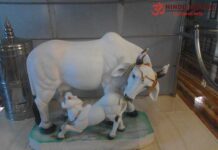
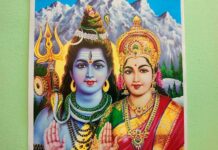
Well written…great …need more knowledge about gods…please email me .love you all GODS